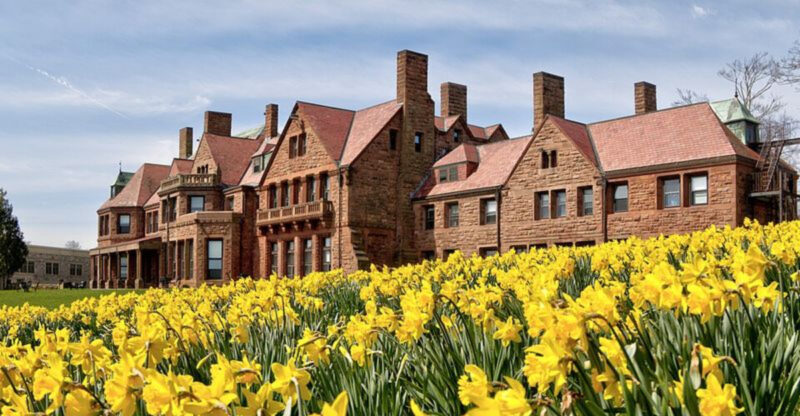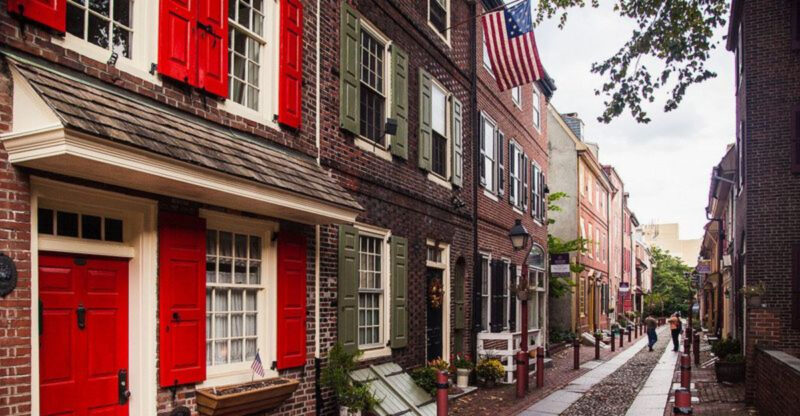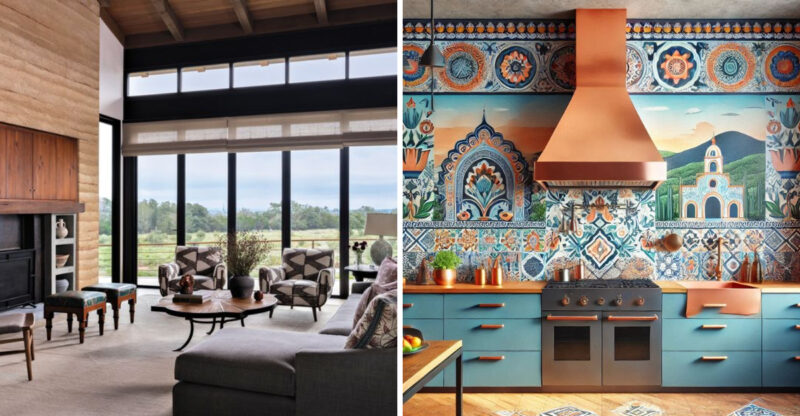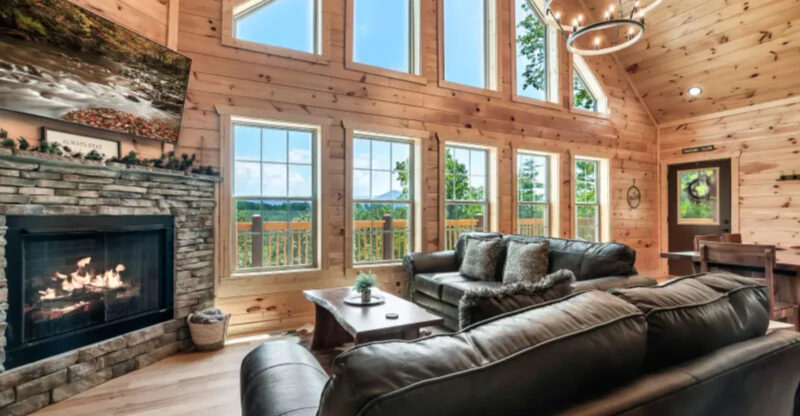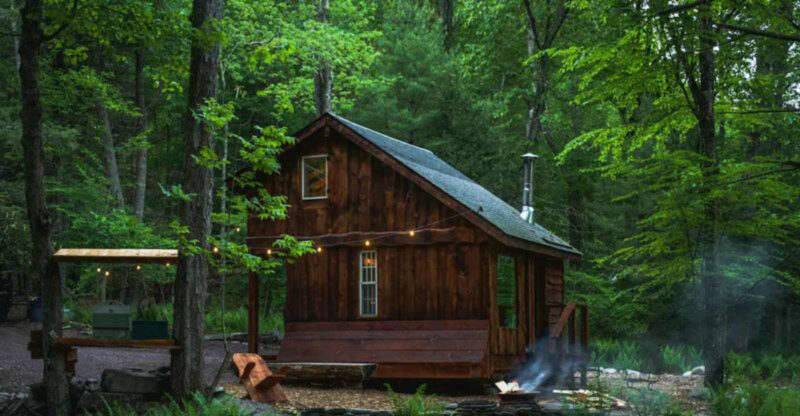12 New Mexico Pueblo-Style Homes Straight Out Of A Storybook
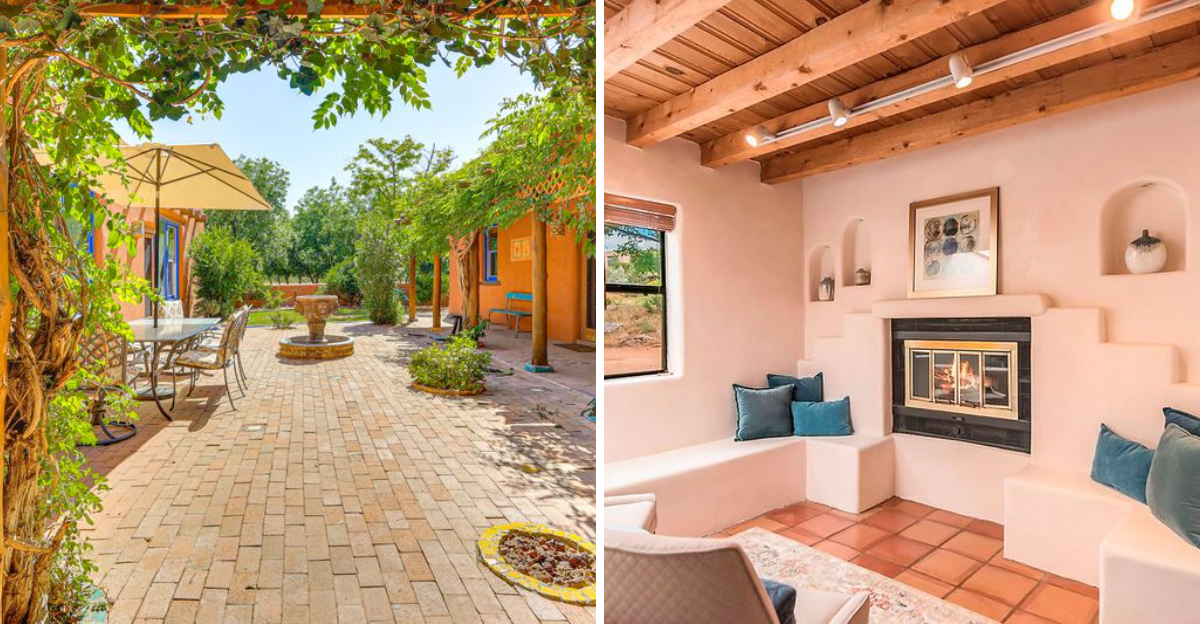
Nestled amid New Mexico’s desert landscape are architectural treasures that seem plucked from ancient tales. Pueblo-style homes, with their earthy adobe walls and rounded edges, capture the essence of Southwestern charm and indigenous craftsmanship. As a home décor enthusiast who’s wandered through countless adobe doorways, I’m thrilled to share these 12 storybook-worthy dwellings that perfectly blend history, culture, and desert magic.
1. Taos Pueblo Wonder
Holy guacamole, folks! The first time I stumbled upon a traditional Taos Pueblo home, my jaw practically needed a desert floor reunion. These multi-story adobe structures have stood for over 1,000 years; that’s older than my grandmother’s secret tamale recipe!
What makes these babies special is their stacked design, resembling natural rock formations rising from the earth. The warm terra-cotta hues practically glow at sunset, creating a magical aura that’s downright hypnotic.
Pro tip: Notice how the wooden vigas (roof beams) extend outward from the walls? Those aren’t just for show; they’re structural elements that have supported these homes for centuries!
2. Santa Fe Courtyard Casita
Imagine sipping morning coffee surrounded by flowering bougainvillea in a secret courtyard oasis. Santa Fe casitas often feature these hidden garden sanctuaries, enclosed by thick adobe walls that keep the desert heat at bay.
During my last visit, I discovered a particularly charming example with hand-painted Mexican tiles lining the pathway and a bubbling fountain centerpiece. The owner told me her grandmother had planted the sprawling chile pepper garden that adds both color and spice to the space.
These intimate courtyards aren’t just pretty; they’re practical desert design, creating microclimate cooling effects that pre-date air conditioning by centuries!
3. Kiva Fireplace Masterpiece
Nothing screams “cuddle up with a book” like a traditional kiva fireplace! Round, smooth, and reminiscent of ancient ceremonial chambers, these fireplaces are the beating heart of pueblo homes. My personal favorite sits in an Albuquerque casita where the owners installed a custom banco (built-in seating) that hugs the kiva’s curved form.
The plastered adobe surface radiates heat long after the pinyon pine logs have burned down. This clever design feature kept indigenous peoples warm through desert nights for centuries before central heating existed.
Fun fact: The smoke-stained ceiling above a well-used kiva is considered a badge of honor among locals; each darkened ring tells stories of winters past!
4. Rooftop Terraces with Mountain Views
Honey, you haven’t lived until you’ve watched a New Mexico sunset from a pueblo-style rooftop terrace! These flat roof spaces aren’t just architectural features; they’re outdoor living rooms where the Sangre de Cristo Mountains provide a backdrop that puts HGTV to shame.
One Chimayó home I visited featured a rooftop garden where the owner grew heritage chilies and tomatoes. The adobe parapets created privacy while framing perfect mountain vistas like living paintings.
Originally, these flat roofs served practical purposes; drying foods, sleeping during hot summers, and collecting precious rainwater. Today, they’re prime real estate for stargazing parties and sunset margaritas!
5. Carved Wooden Door Entrance
Prepare for door envy, friends! The wooden entryways to pueblo homes often showcase masterful craftsmanship that makes standard suburban doors look downright boring. Hand-carved with symbols of corn, thunderbirds, and geometric patterns, these massive wooden portals tell stories before you even step inside.
A craftsman in Mesilla showed me his process, carving native pine with tools passed down through generations. The deep relief creates shadows that dance across the surface as the sun moves; nature’s own light show!
Many doors feature hand-forged iron hardware that’s as functional as it is beautiful. The weathered patina of decades (sometimes centuries) adds character you simply can’t fake with distressing techniques.
6. Blue Window Frames Against Adobe
Ever wondered why so many pueblo homes feature brilliant blue window frames? This isn’t just a pretty design choice; local lore says the vibrant hue (called “Taos Blue”) repels evil spirits! Whether supernatural or simply spectacular, the contrast against warm adobe walls creates a visual feast that’s distinctly New Mexican.
I once helped restore shutters on a 1920s adobe home using the traditional milk paint technique. The owner insisted we match the exact shade his grandmother had used, believing it brought special protection to the home.
These colorful frames typically surround deep-set windows – practical design that shades interiors from harsh summer sun while allowing warming rays during winter months.
7. Nichos and Built-in Shelving
Forget IKEA, darlings! The original built-ins are found in pueblo homes where nichos (decorative recesses) are carved directly into thick adobe walls. These charming alcoves traditionally displayed santos (hand-carved religious figures) but now showcase everything from Native pottery to family photos.
During a home tour in Chimayó, I spotted a kitchen with rounded nichos displaying five generations of family chile recipes alongside antique spice jars. The curved edges and irregular shapes give these architectural features a handmade quality no mass-produced shelving could match.
My favorite design trick: painting nicho interiors in contrasting colors or lining them with hammered tin to create focal points that highlight treasured objects.
8. Latilla Ceilings with Vigas
Look up in a pueblo home and prepare to be wowed! The traditional ceiling construction features vigas (large wooden beams) with latillas (smaller peeled branches) arranged in herringbone or sunburst patterns between them. I’ve spent countless hours flat on my back, mesmerized by these geometric wooden canopies.
A craftsman in Truchas showed me how he selects each piece of aspen or pine, considering how the natural curves will contribute to the overall pattern. No two ceilings are identical; each tells the story of the forest it came from and the hands that assembled it.
These ceilings aren’t just pretty faces; they’re engineering marvels that have supported adobe structures through centuries of desert extremes without nails or modern fasteners!
9. Desert Tranquility House
In the heart of the desert, where silence reigns supreme, lies the Desert Tranquility House. This home is a refuge for those seeking solitude and connection with nature.
Its adobe structure blends effortlessly into the landscape, offering an unobtrusive presence amidst the vast plains. A single tree provides a patch of shade, a gentle invitation to sit and admire the endless horizon.
Inside, minimalist design emphasizes space and light, creating a serene environment that encourages reflection and peace. Desert Tranquility House is a meditation in architecture and nature.
10. Zaguan Entryway Passage
Forget boring front hallways! The zaguan; a covered passageway leading from street to interior courtyard; is pueblo architecture’s dramatic entrance statement. Walking through these cool, shadowy corridors feels like entering a secret world, with each step revealing more of the home’s hidden beauty.
A historic Santa Fe property I toured featured original hand-adzed beams overhead and worn brick floors polished by centuries of footsteps. The owner had preserved graffiti from the 1800s carved into the plaster walls; imagine the stories!
Traditionally, these passages were wide enough for horse-drawn carts to deliver supplies directly to interior courtyards. Today, they serve as transitional spaces between public and private realms, often displaying art collections or family heirlooms.
11. Hornos Outdoor Ovens
Bread lovers, prepare to drool! Many authentic pueblo properties feature hornos, beehive, shaped outdoor ovens that produce the most heavenly sourdough you’ll ever taste. These adobe structures are living connections to Spanish colonial influence and Native American baking traditions.
During a cooking class in Española, I watched a grandmother fire her family’s 200-year-old horno with juniper wood until it reached the perfect temperature. She tested readiness the traditional way; by throwing corn flour inside and watching how quickly it browned.
Beyond bread, these versatile ovens slow-cook stews, roast meats, and even create the perfect environment for fermenting traditional foods. The smoky flavor they impart simply can’t be replicated in modern appliances!
12. Rainwater Canales (Spouts)
Who knew drainage could be so darn charming? Canales, the wooden spouts that extend from flat pueblo roofs, create magical water features during rare desert downpours. These practical elements transform into temporary waterfalls, directing rainwater away from adobe walls while creating ephemeral beauty.
An architect in Los Lunas showed me how he carves each canal from a single log, following traditional methods that ensure proper water flow. The extended wooden channels develop gorgeous patinas over time, weathering to silvery gray that contrasts beautifully against adobe walls.
Smart homeowners position canales to direct precious rainfall toward garden areas or catchment basins, desert water harvesting that’s been practiced for centuries before sustainability became trendy!
13. Portal with Wooden Columns
Porches? Please! New Mexico has portals, covered outdoor galleries supported by hand-carved wooden columns that create shaded living spaces perfectly adapted to desert life. I’ve whiled away countless afternoons in these breezy sanctuaries, watching thunderstorms roll across mesa landscapes.
A master woodworker in Truchas showed me how he creates the distinctive corbels (decorative brackets) that connect columns to roof beams. His chisels revealed flowers, animals, and celestial symbols, artistic signatures passed down through generations.
These practical architectural features extend living space while providing crucial shade that keeps adobe homes cool. Many portals feature built-in bancos (benches) where family storytelling happens as twilight paints the landscape in watercolor hues.

